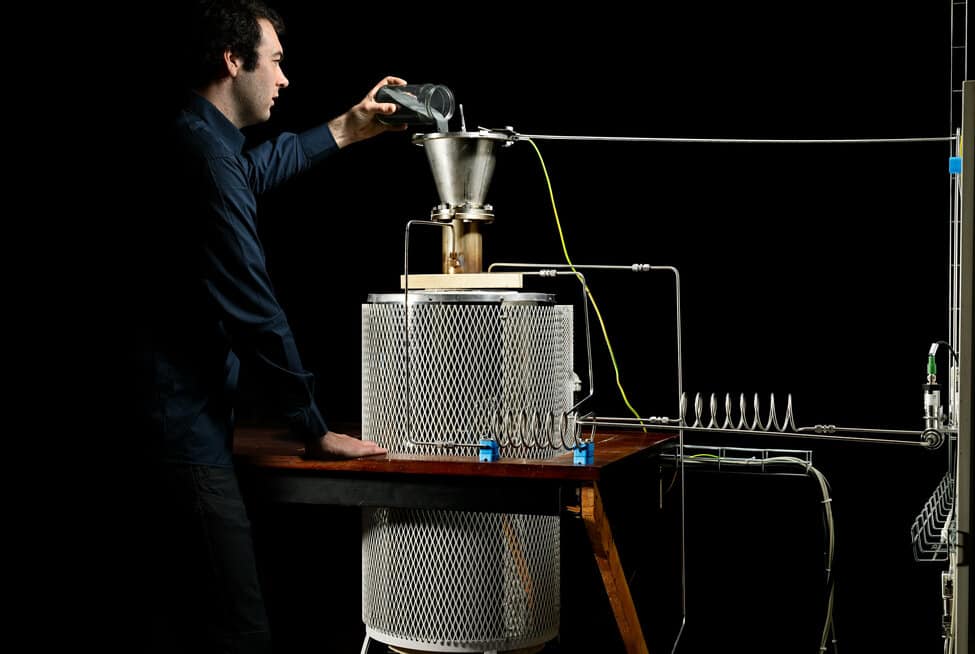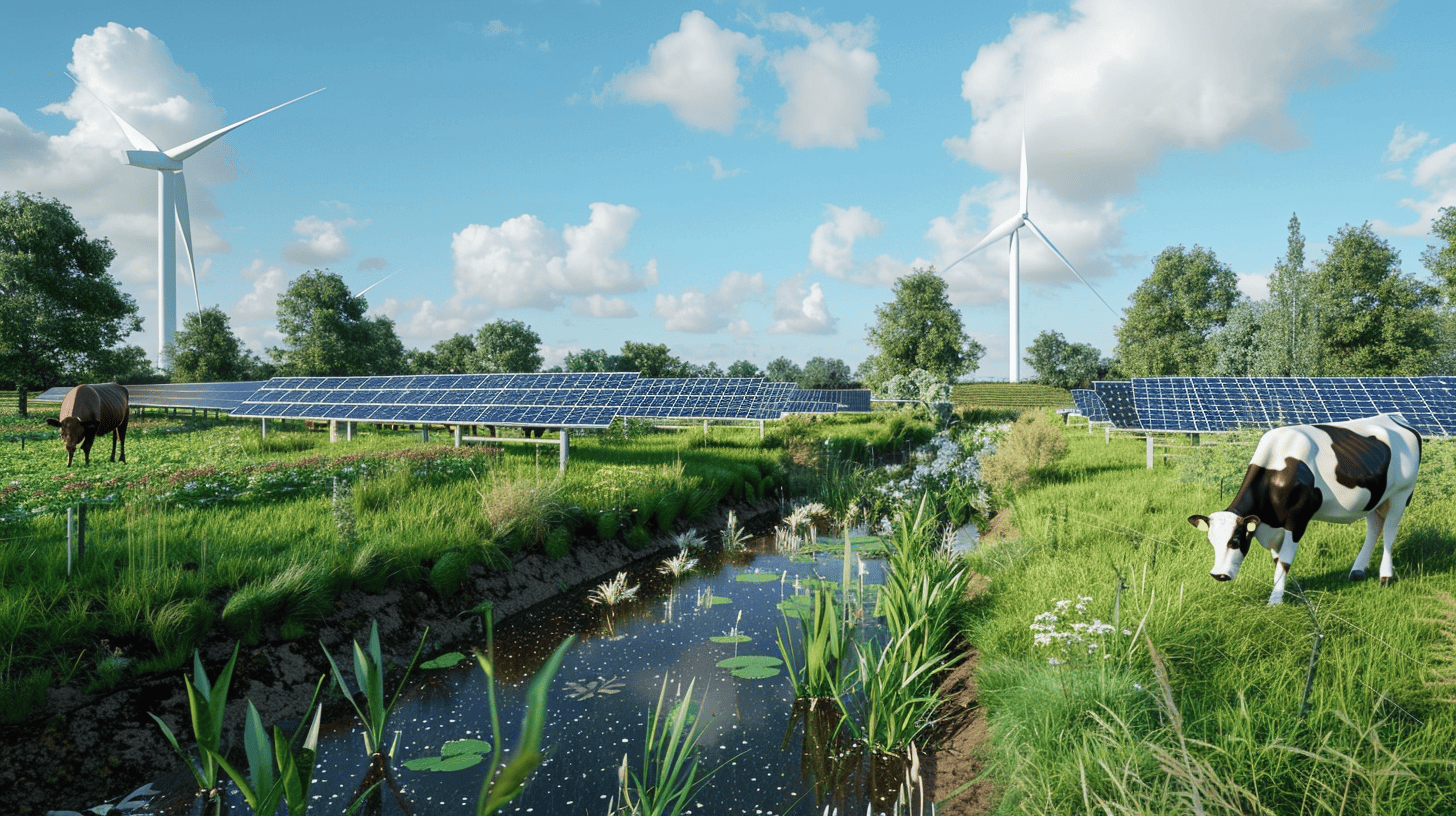
Researchers at Eindhoven University of Technology (TU/e) have received a grant from NWO. The €845,000 grant will enable them to take the next step in the large-scale use of metal powders as renewable energy, TU/e said in a press release.
Why you need to know this:
Metal powders can play an important role in the transition to a sustainable future.
One of the biggest challenges in the energy transition is overcoming the mismatch between continuous energy demand and the supply of renewable sources such as wind turbines and solar panels. Because these do not always provide the same amount of energy.
Iron powder is considered one of the most promising circular carriers of renewable energy because of its high energy density, carbon-free nature, and high potential of recyclability.

Huge amount of powder needed
Setting up a so-called Metal-enabled Cycle of Renewable Energy (MeCRE) on a global scale requires a huge amount of iron powder.
Researchers Xiaocheng Mi and Giulia Finotello from TU/e institute EIRES have been awarded the grant. The focus of this new project within the Power & Flow group at TU/e’s Faculty of Mechanical Engineering is to determine which powder production method leads to optimal powder properties for cyclic combustion and reduction.
In the project, the researchers will evaluate the powder properties of “fresh” iron powders derived from different raw materials supplied by User Committee Members, including KWR Water Research Institute (Netherlands), ArcelorMittal (France), Pometon Spa (Italy), and Companhia Siderúrgica Nacional (Brazil). But they are also looking at powders subjected to multiple cyclic combustion and reduction processes.
Which iron powders are best?
With this project, the researchers aim to provide a physical answer to the question of which industrial iron powder raw materials constitute the best circular energy carriers.
The result will not only provide guidelines in selecting candidate powders for the circular use of renewable energy, but will also lead to better powder production methods.








